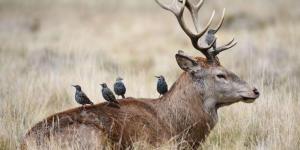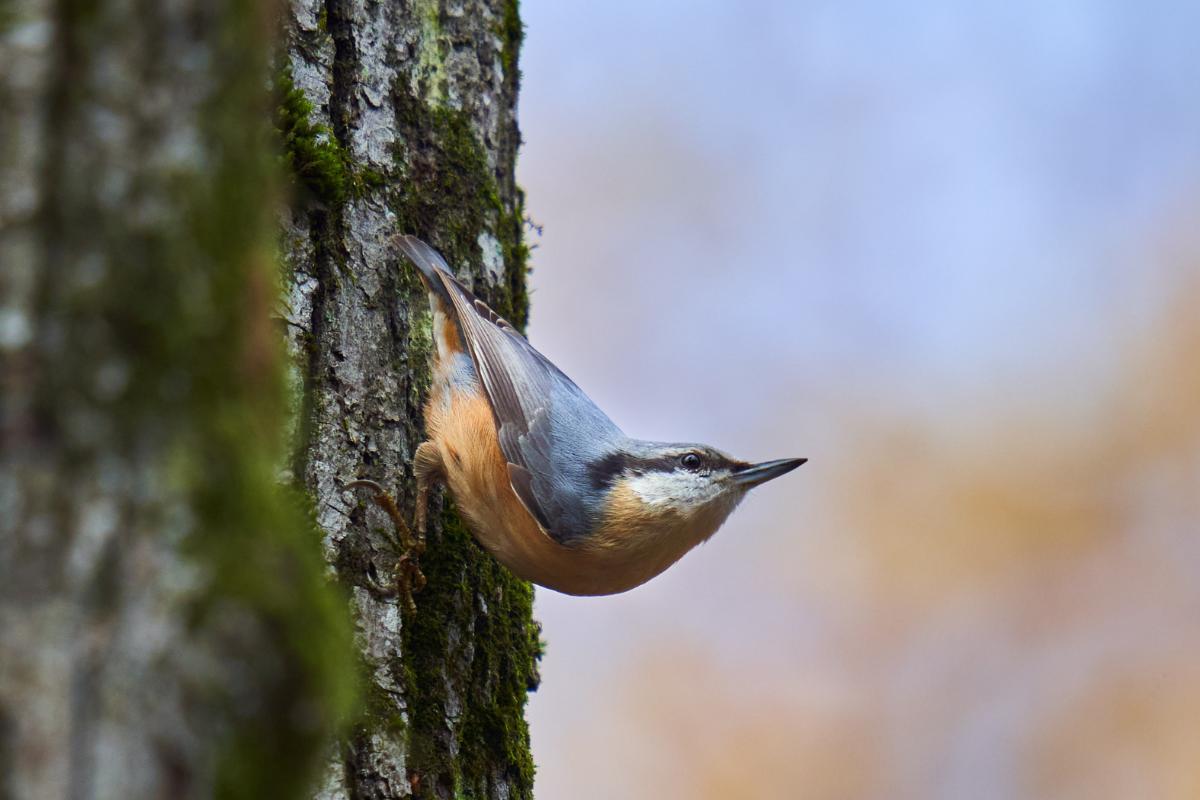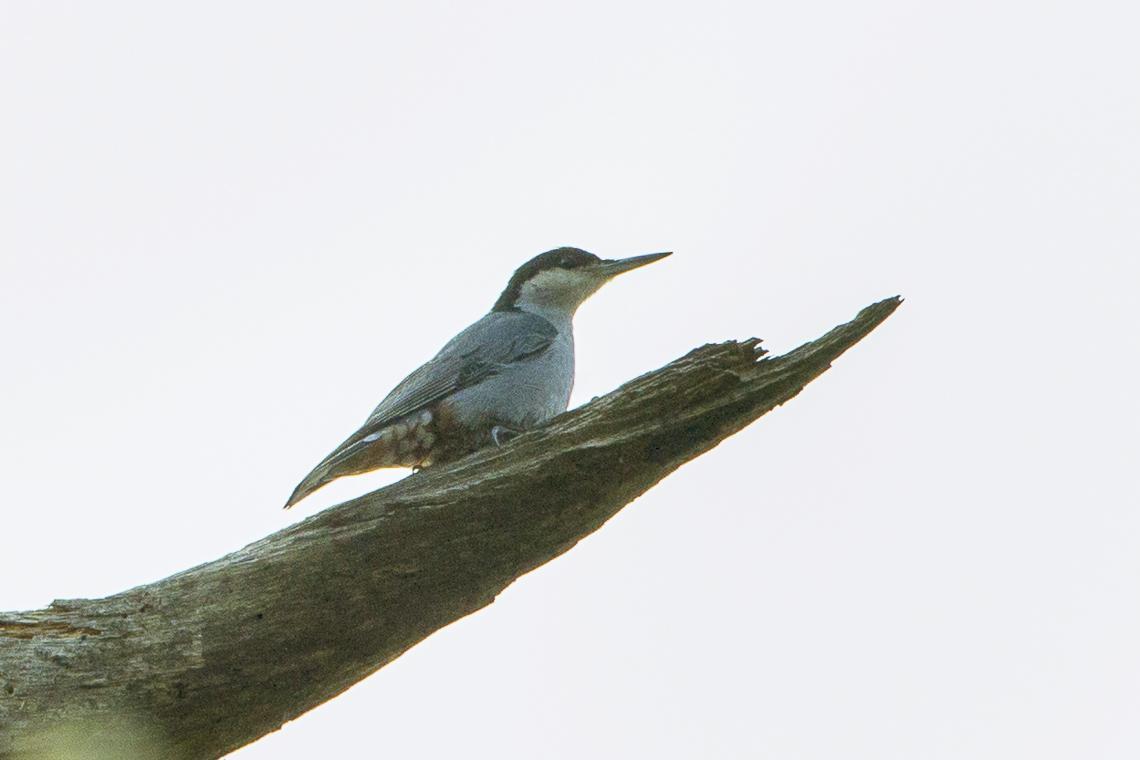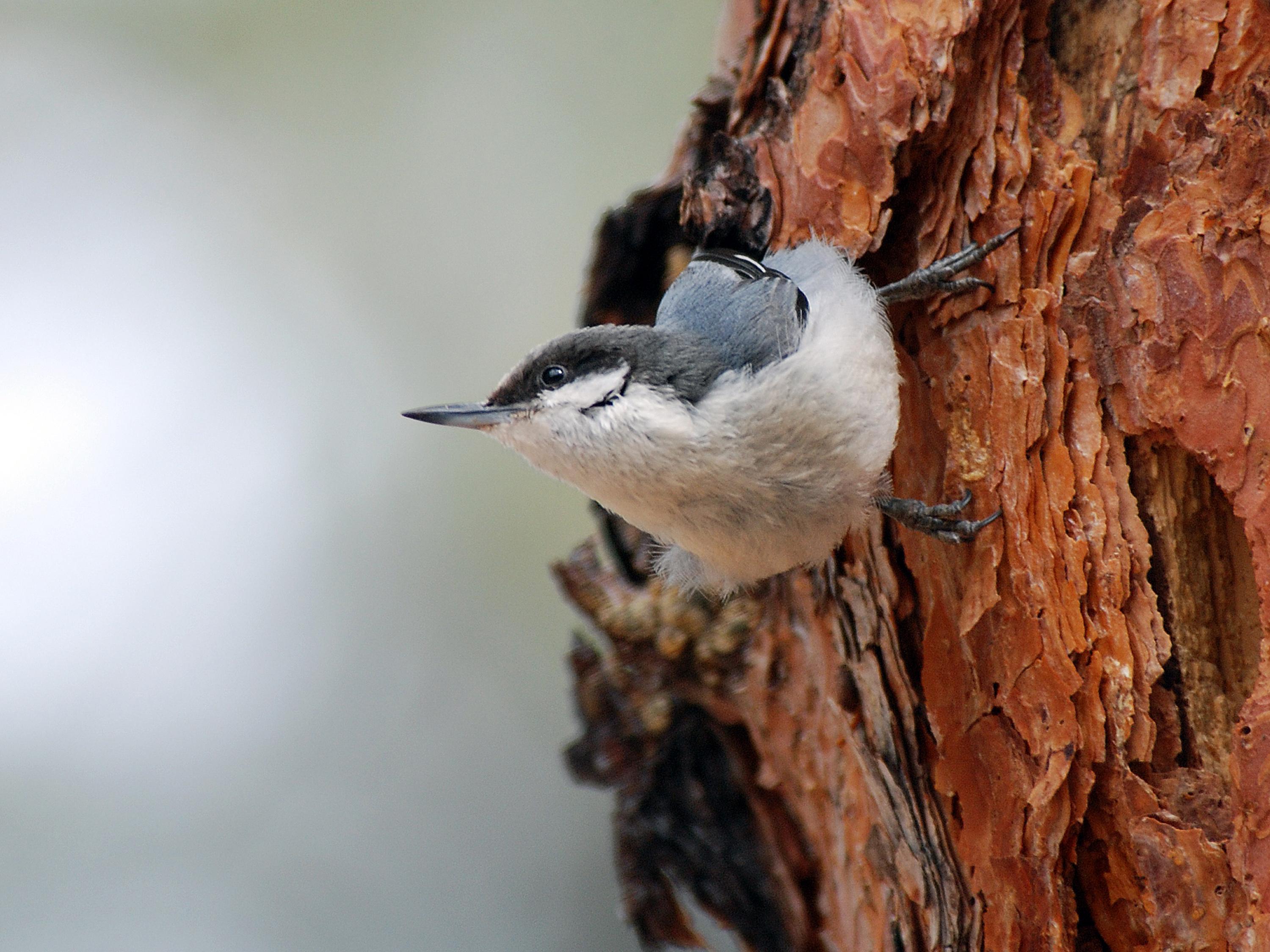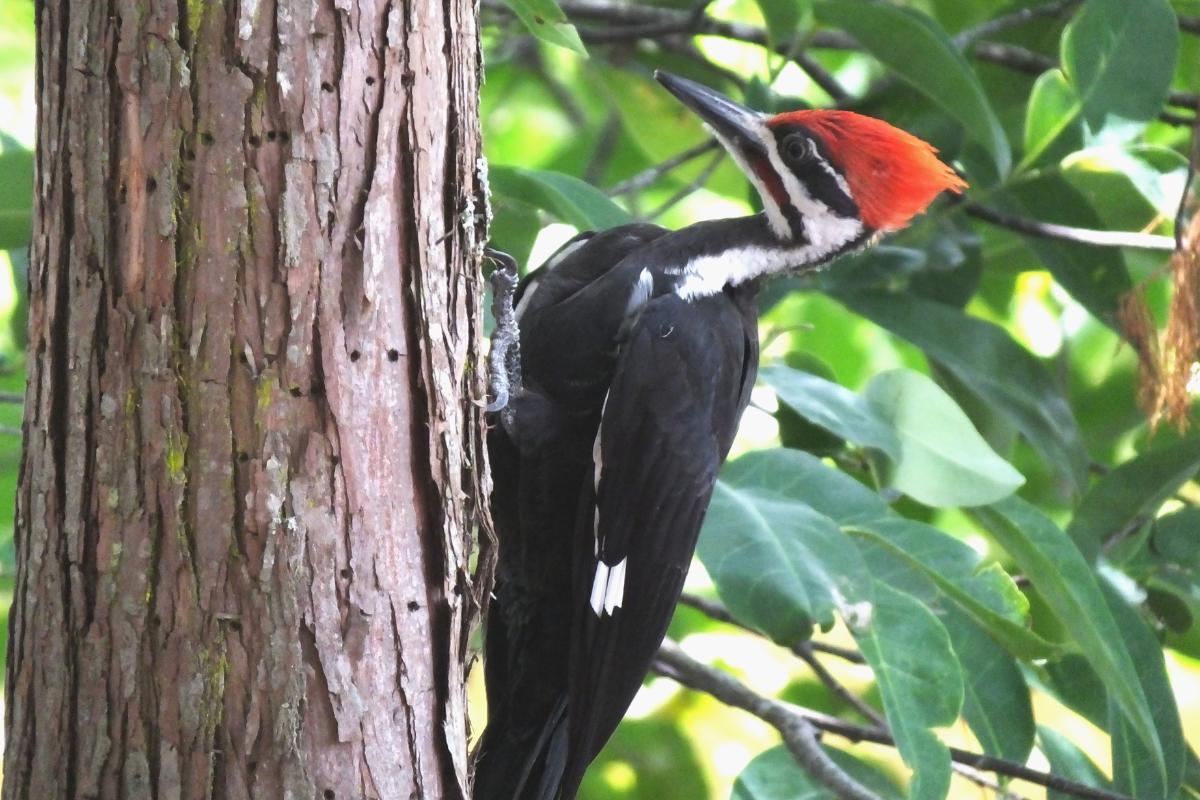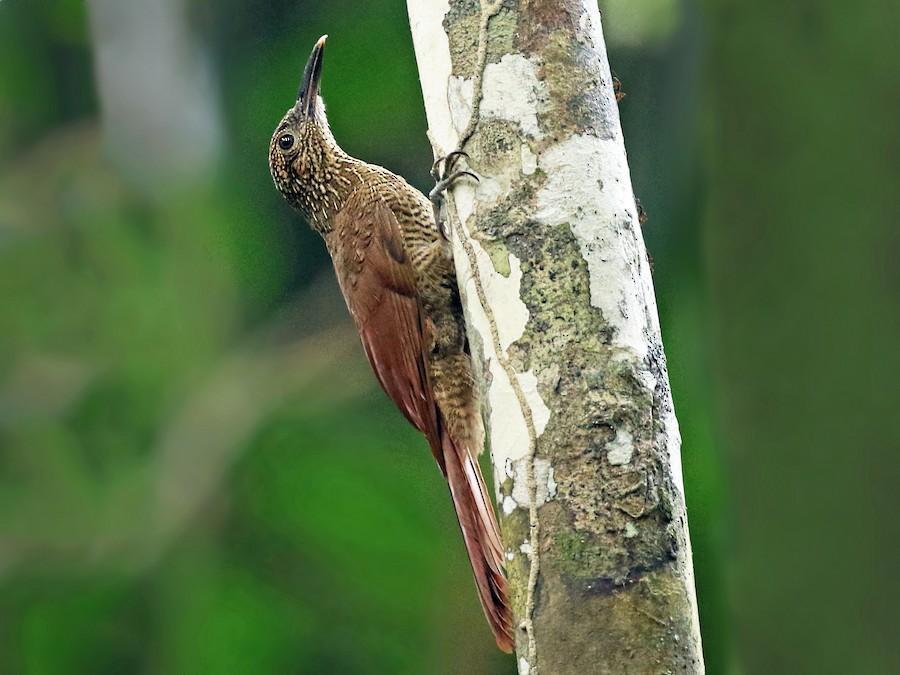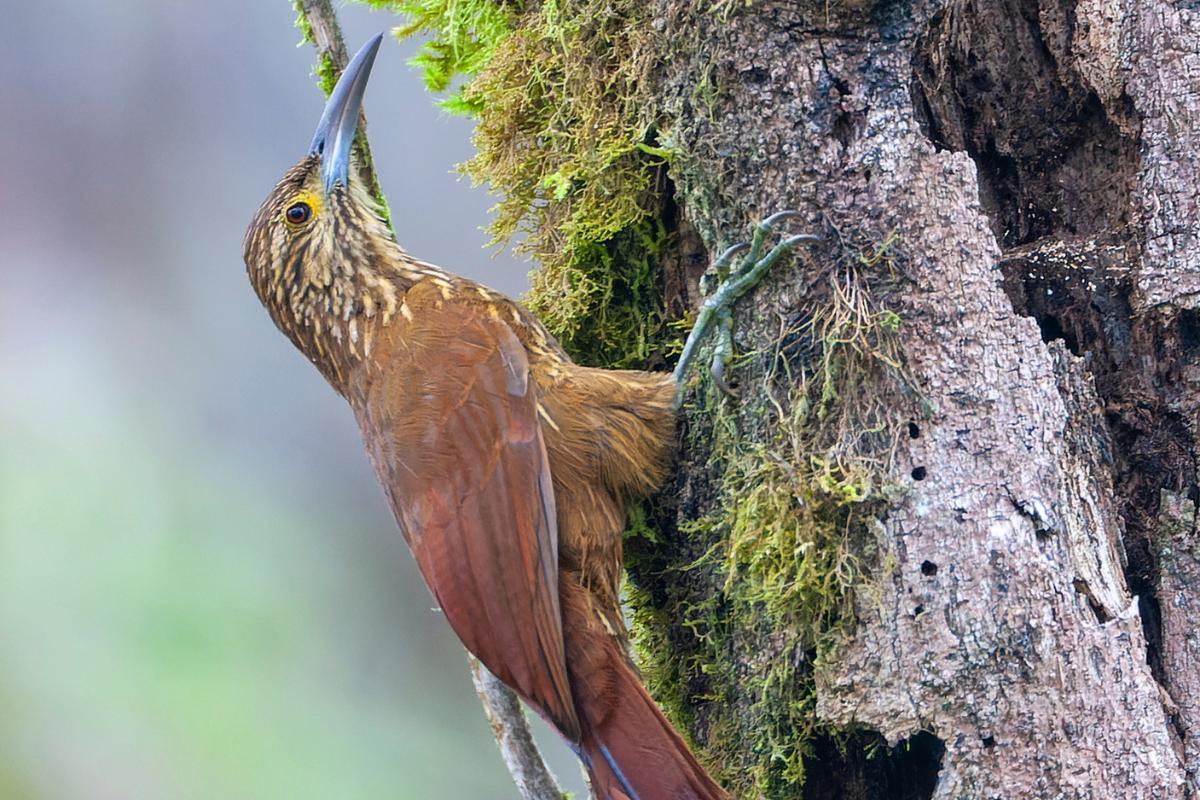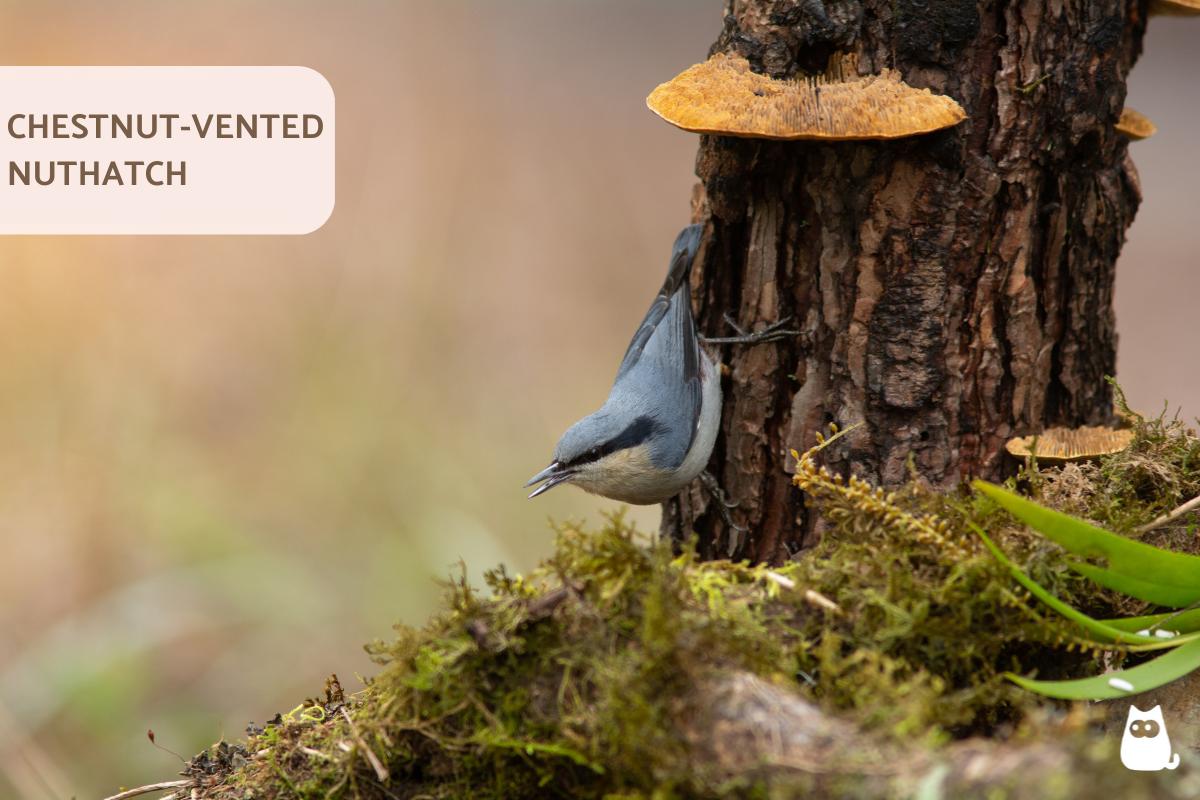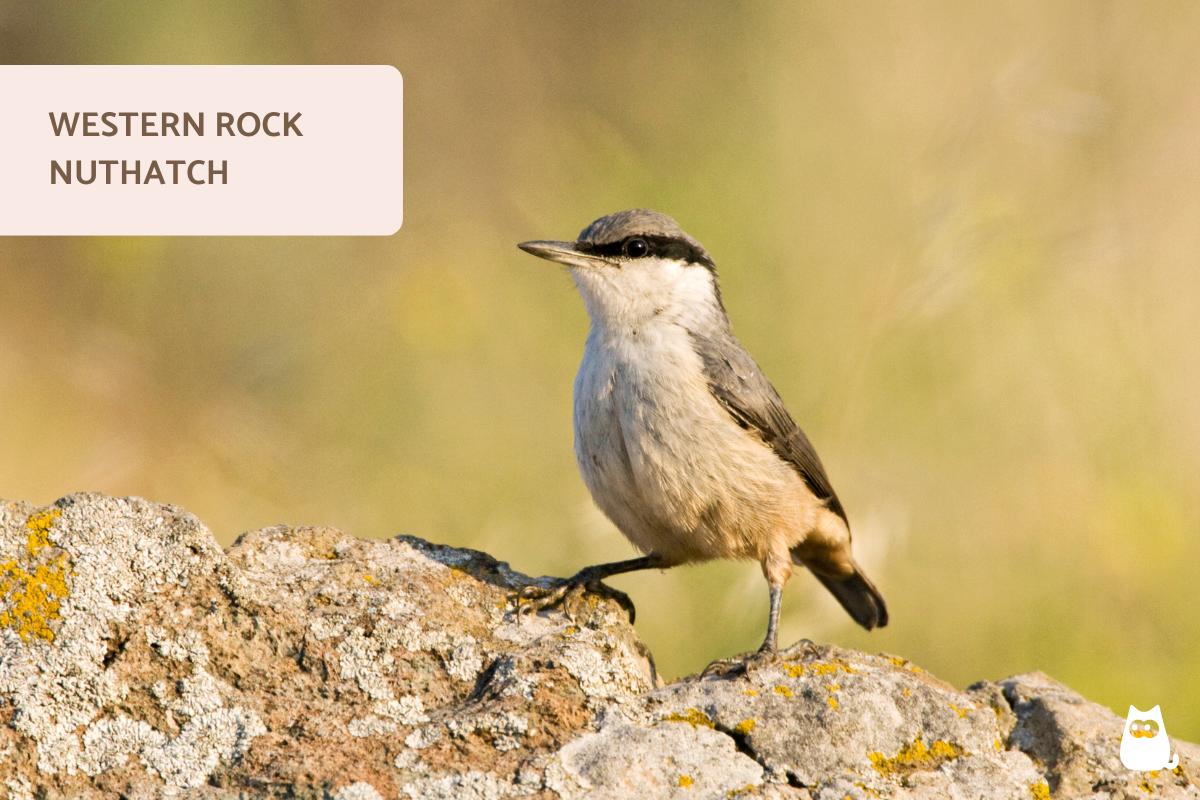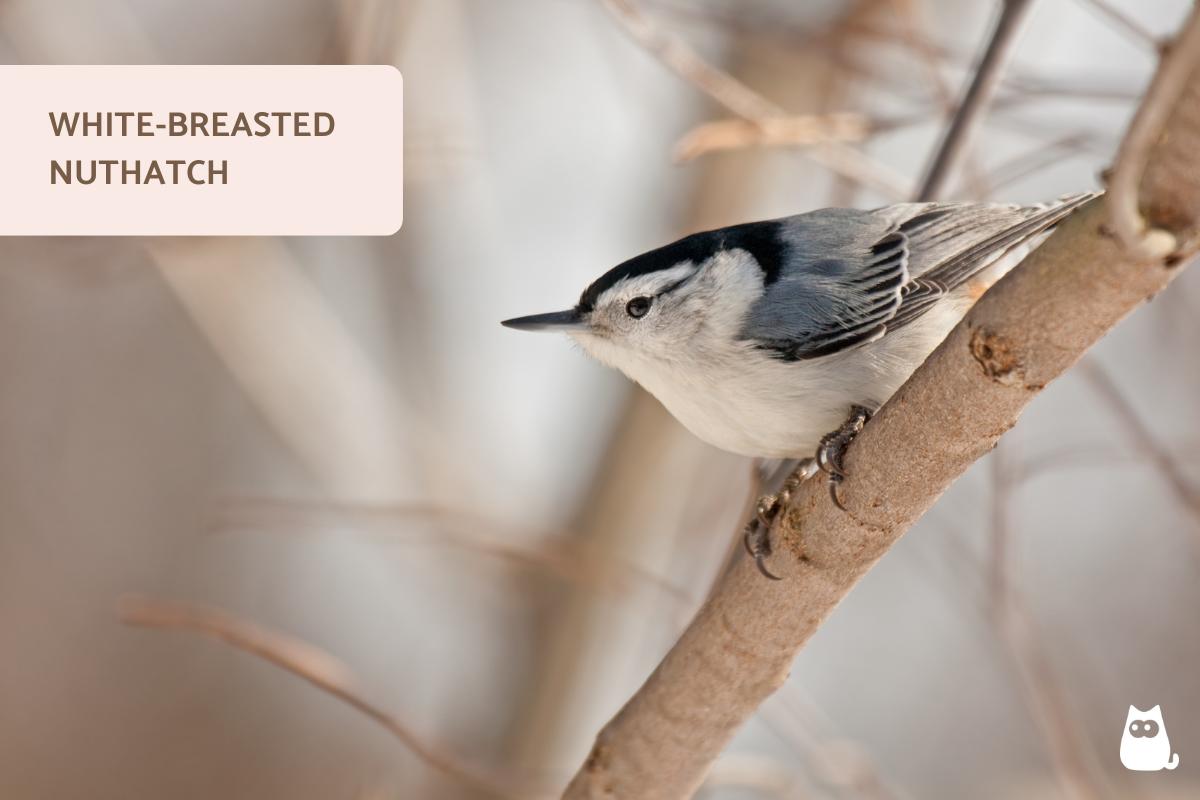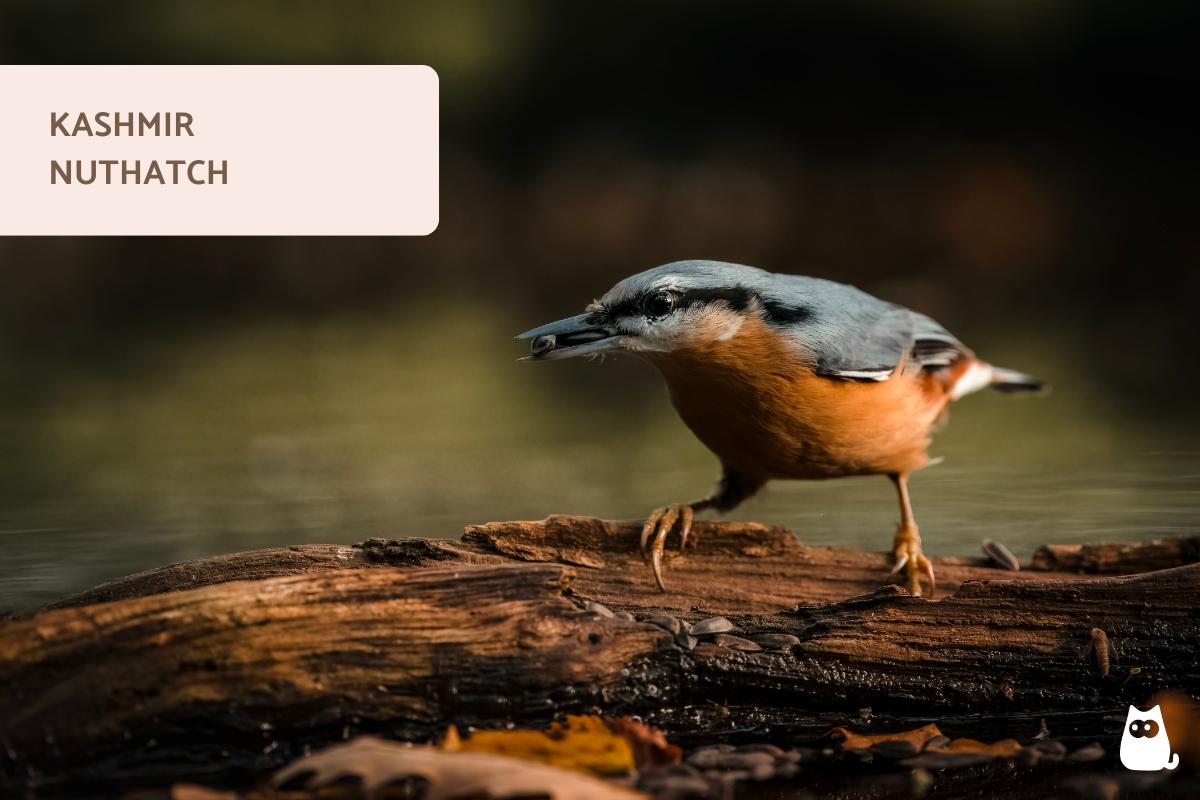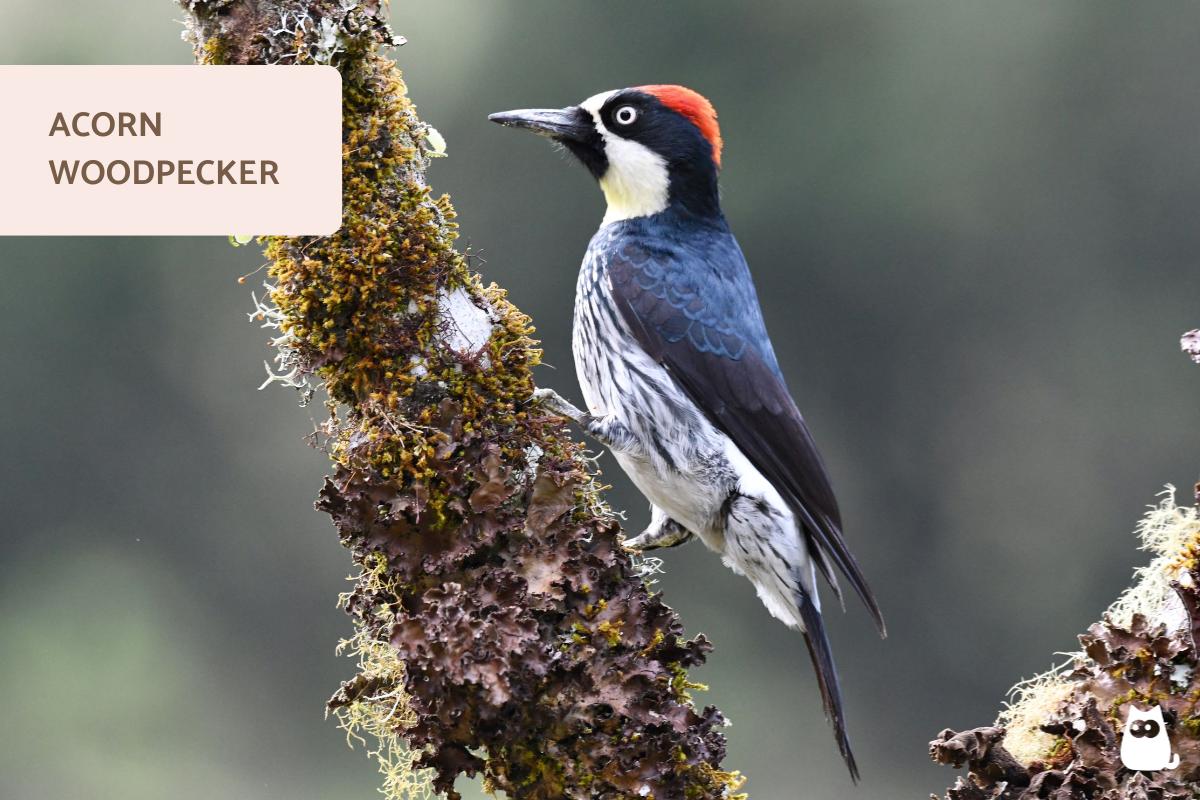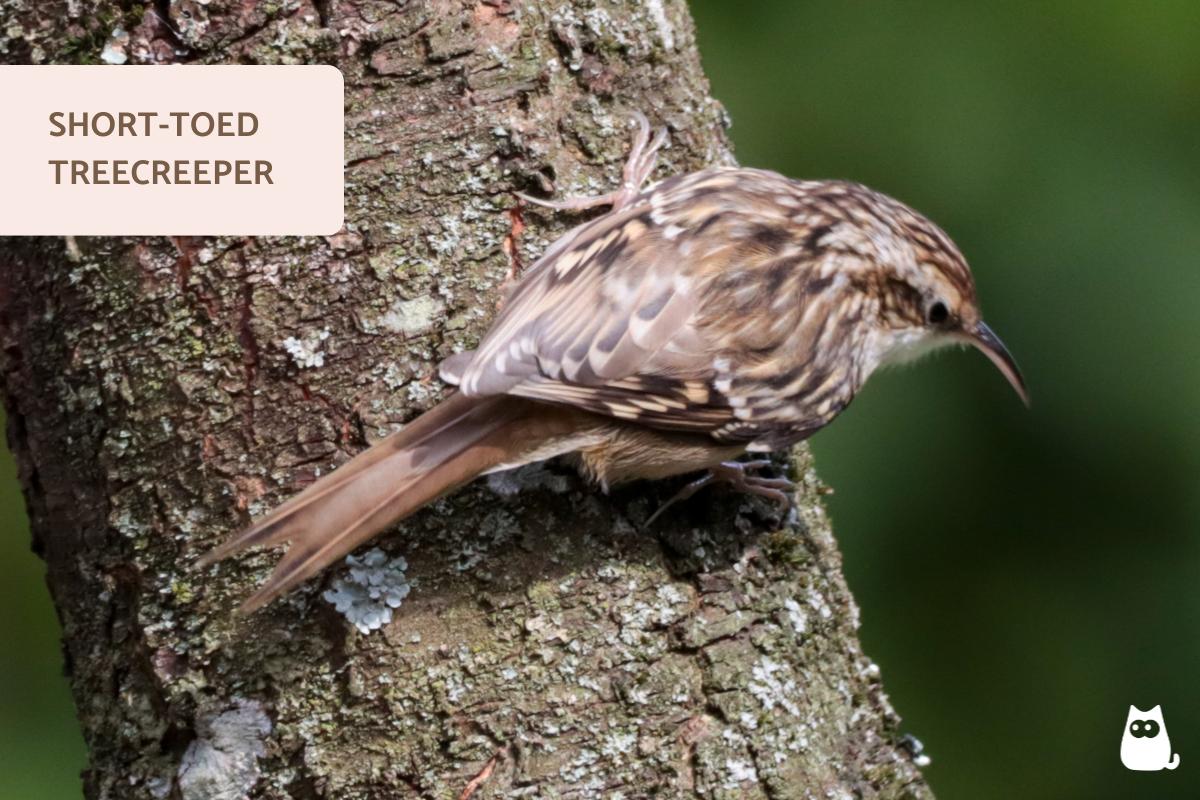Tree-Climbing Birds Examples


You might expect tree-climbing birds to be unable to fly, but this is not the case. While there may be some flightless birds which can climb trees, most tree-climbing birds can also fly. This is because the reasons why these birds climb trees is not to travel, but to look for food, build nests and carry out other important activities. Birds that can climb trees do so thanks to specialized legs which have strong claws allowing them to grip onto bark. They can move with ease along the outside of the tree. There is a distinction between tree-climbing birds and arboreal birds since the latter may spend most of their time in trees, but are not known for climbing up and down them.
While the definition can be somewhat loose, tree-climbing birds are known to carry out specific activities. AnimalWised helps you to explain more by providing 20 tree-climbing birds examples with photos and fun facts about their behaviors.
- Eurasian nuthatch (Sitta europaea)
- Giant nuthatch (Sitta magna)
- Pygmy nuthatch (Sitta pygmaea)
- Eurasian treecreeper (Certhia familiaris)
- Pileated woodpecker (Dryocopus pileatus)
- Hoatzin (Opisthocomus hoazin)
- Great spotted woodpecker (Dendrocopos major)
- Black-banded woodcreeper (Dendrocolaptes picumnus)
- Brown creeper (Certhia Americana)
- Strong-billed woodcreeper (Xiphocolaptes promeropirhynchus)
- Other tree-climbing birds
Eurasian nuthatch (Sitta europaea)
As their name suggests, this type of tree-climbing bird is mainly distributed in Asia and Europe, although the Eurasian nuthatch is also present in Africa. It lives in forests with old and large trees, such as deciduous forests, oak forests, fir forests, coniferous forests and riverside forests.
Also known as the wood nuthatch, it is a beautiful bird measuring around 5.5" (14 cm) and weighing between 0.6–1 oz (17-28 g). While there are difference nuthatch subspecies with certain variations, their plumage features a combination of grey, brown, black and white colors. They are an agile climber that is known to climb headfirst down tree trunks while inspecting them for food, using their robust beak to forage for insects, as well as the nuts and seeds which provide their name.
Learn more about what is seed predation in birds with our related guide.

Giant nuthatch (Sitta magna)
As with the previous species, the giant nuthatch is part of the family Sittidae which contains a single genus known as Sitta. Commonly known as nuthatches, they are all types of tree-climbing birds, but they have differences in population distributions, plumage and other factors.
The giant nuthatch is a species native to China, Myanmar and Thailand. It develops to a limited extent in mature coniferous, mixed or oak forests. As seen in the photo, its coloration includes shades of blue-grey, light grey, white and dark colors. It measures around 7.7" (19.5 cm). Like other species of the genus, it usually forages between trunks or even on the thinnest branches in search of food. Unfortunately, massive forest clearing has put the species in danger of extinction.
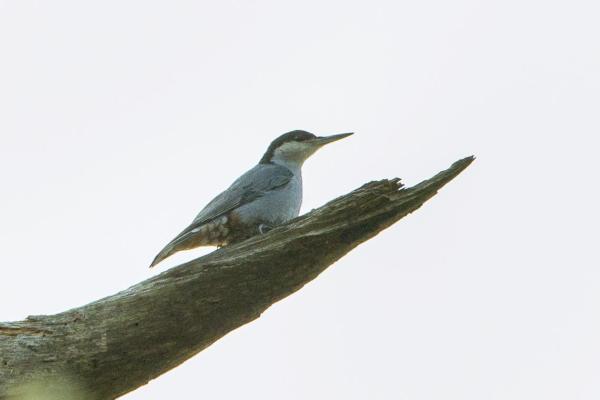
Pygmy nuthatch (Sitta pygmaea)
The pygmy nuthatch is another member of the Sittidae family, known to live in conifer forests. Native to Canada, Mexico and the United States, it can be found in both mountains and valleys. Their crown is grayish-brown in color with blue-gray upper parts and whitish-gray underparts, as seen in the photo below. They measure 3.5–4.3" (8.9–10.9 cm) in length and around 0.3–0.4 oz (8.5–11.3 g) in weight.
As with other types of nuthatch, they move very quickly along trunks and branches of trees. They bob their head constantly while doing so and tend to keep their flight time to a minimum. Fortunately, they have relative large population numbers and are considered of ‘least concern’ in terms of conservation.
Different birds are able to forage on tree bark to different degrees. This is largely due to their different types of beak, some of which can penetrate the bark more easily than others. Check out our related guide to see some types of birds with long beaks.
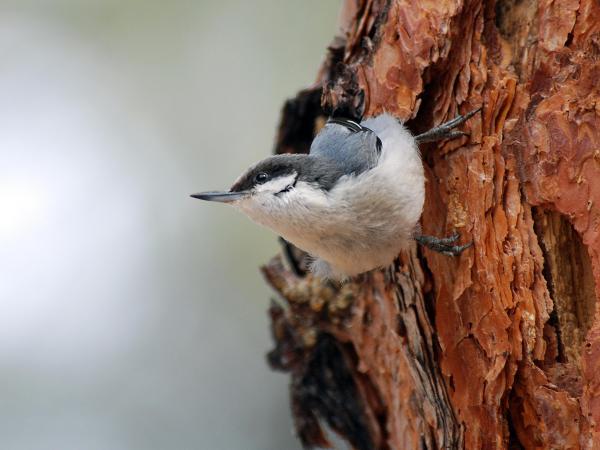
Eurasian treecreeper (Certhia familiaris)
Treecreepers are the constituent members of the order Certhiidae. These tree-climbing birds are only found in two genera, with the Eurasian treecreeper being found in the genus Certhia. It is native to both Asia and Europe where it has a wide distribution. It has complex habitat preferences, developing in forests or wooded areas with large trees that have many cracks or open spaces in their bark. It obtains its food and build nests in these spaces.
Also known as the common treecreeper, its length varies between 4.7-6" (12-15 cm), with an average mass of 0.35 oz (10 g). Its coloration combines mottled black, dark brown, cinnamon and white. Like other treecreepers, it feeds by moving vertically along tree trunks. It is aided by adaptations such as stiff feathers that allow it to support its weight and a curved beak that makes it easier for it to reach food in cracks. Once it reaches the top of the tree, it dives down to begin its climb again. It is classified as being of ‘least concern’.

Pileated woodpecker (Dryocopus pileatus)
When many of us think of tree-climbing birds, the woodpecker might be the first that comes to mind. As with other members of their genus, their pileated woodpecker has a red pileum, i.e. the top of the head of a bird. As seen in the photo, this red crest is striking, contrasting with the dull black and white plumage on the rest of their body. It is native to Canada and the United States where it breeds. It also lives in Mexico where it is only a resident.
The pileated woodpecker inhabits coniferous or deciduous forests. It is adapted to climbing vertically up trunks, although it is clumsy when doing so on thin branches. It can sometimes jump to the ground. Although its flight is slow, it is quite strong and vigorous. It is classified as being of ‘least concern’.
Learn more about the behaviors of this animal with our article asking do woodpeckers actually peck wood?

Hoatzin (Opisthocomus hoazin)
The hoatzin is native to South America, specifically Brazil, Bolivia, Colombia, Guyana, French Guiana, Peru, Suriname and Venezuela. It is a type of crested tree-climbing bird, as it has crests of reddish-brown feathers. It measures up to 26" (66 cm). The skin of the face is blue and the external plumage is mainly chestnut brown, with a bronze-green and white tail. Their appearance as seen in the photo is practically prehistoric, like a living dinosaur.
A particular characteristic of the hoatzin is that they have functional claws at the ends of their wings when they are young. To escape from their predators, they use these claws to climb trees and get to safety. These eventually fall off after development. Its conservation status is of ‘least concern’.

Great spotted woodpecker (Dendrocopos major)
This woodpecker is another tree-climbing bird that has a wide distribution in Asia and Europe. It lives in a variety of habitats, such as coniferous forests, jungles, wooded urban areas, parks, gardens, olive plantations, poplar plantations and cedar forests, among others.
The great spotted woodpecker has a size that varies between 7.9-9.4" (20-24 cm) in length and its weight ranges between 2.5–3.5 oz (70-98 g). It has a coloration that combines bluish black, white and scarlet. It spends most of its time climbing trees, for which it uses its adaptations such as a tail with stiff feathers that serve as support and the arrangement of their claws which is zygodactyl (i.e. two toes facing forward and two back).
Learn about the different toe arrangements of these animals with our article on the different types of bird feet.

Black-banded woodcreeper (Dendrocolaptes picumnus)
We look at another category of tree-climbing birds, this one being a subfamily known as Dendrocolaptinae. Commonly known as woodcreepers, the black-banded woodcreeper is native to the Americas, being found in Mexico, Costa Rica, Honduras, Nicaragua, Guatemala, Panama, Brazil, Colombia, French Guiana, Guyana, Suriname, Venezuela, Bolivia, Ecuador, Peru, Paraguay and Argentina.
It lives in various types of forested habitats, with flooded soils, but also in savannahs. Its coloration presents various shades of brown with light spots. It is classified as being of ‘least concern’.

Brown creeper (Certhia Americana)
Also known as the American treecreeper, this species is distributed across Canada, Guatemala, El Salvador, Honduras, Mexico, Nicaragua and the United States. It grows in coniferous, mixed or deciduous forests, requiring large trees to thrive. They are the only extant type of treecreeper known to live in North America.
As for the physical characteristics of this climbing bird, it stands out for being small in size, with a length of between 4.7–5.5" (12–14 cm) and a weight of 0.2–0.3 oz (5.7–8.5 g). Its coloration is dark brown with white spots on the upper part, while the ventral area is white or light. It moves from the bottom of the tree to the top , climbing and then throwing itself down and starting again. It is only known to fly short distances.
Discover types of birds which fly long distances with our article on what are migratory birds?

Strong-billed woodcreeper (Xiphocolaptes promeropirhynchus)
This tree-climbing bird is distributed throughout America and is present in habitats ranging from Mexico to Peru. It lives in temperate forest zones, as well as in subtropical and tropical areas. It normally develops within forested areas, avoiding fragmented ecosystems.
As for its physical appearance, it measures between 11-12" (28-31.5 cm) and its mass varies between 3.6-5.1 oz (100-144 g), making it one of the larger species of woodcreeper. It has mainly brown tones with reddish areas and has an elongated and slightly curved beak, as the photo shows. It moves by crawling vertically, but it also moves along branches. It is classified as being of ‘least concern’.

Other tree-climbing birds
There is a great diversity of tree-climbing birds from the broad point of view of the concept. For example, the kakapo (Strigops habroptilus) is a flightless tree-climbing bird which is native to New Zealand. It is quite unlike the other birds we have mentioned such as woodpeckers, treecreepers and nuthatches. However, these latter birds are considered to the most typical tree climbers. Some other tree-climbing bird species include:
- Chestnut-vented nuthatch (Sitta nagaensis)
- Western rock nuthatch (Sitta neumayer )
- Beautiful nuthatch (Sitta formosa)
- White-breasted nuthatch (Sitta carolinensis)
- Eastern rock nuthatch (Sitta tephronota)
- Kashmir nuthatch (Sitta cashmirensis)
- White-cheeked nuthatch (Sitta leucopsis)
- Acorn Woodpecker (Melanerpes formicivorus)
- Short-toed treecreeper (Certhia brachydactyla)
- White-chinned woodcreeper (Dendrocincla merula)
If you want to read similar articles to Tree-Climbing Birds Examples, we recommend you visit our Facts about the animal kingdom category.
- Myers, P., R. Espinosa, C. S. Parr, T. Jones, G. S., & T. A. Dewey. (2024). The Animal Diversity Web. https://animaldiversity.org.
- IUCN.(2024). The IUCN Red List of Threatened Species. Version 2024-1.
https://www.iucnredlist.org
Tree-Climbing Birds Examples photos











